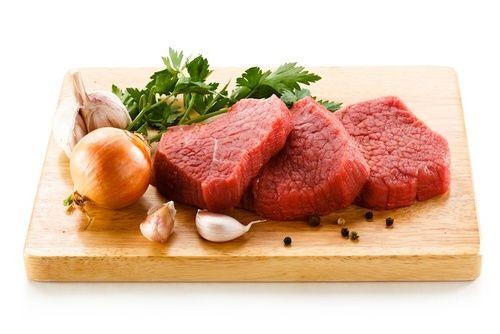La carnitine it is an indispensable molecule for the oxidation of fatty acids in the mitochondria (organelles of cells that produce energy). Let's find out better.
> Where is it
Carnitine, mostly contained in meat

What is carnitine used for
La carnitine represents a real biological system formed by the molecule and its esters, a series of specific transporters and a network of enzymes including those responsible for the biosynthesis of carnitine itself. Carnitine acts as a vehicle for acyl groups across cell membranes and this synergistic action between carnitine, carnitine esters and enzymes causes the process is essential for cellular metabolism.
Carnitine is therefore essential for the transport of fatty acids into mitochondria and its deficiency leads to a reduced production of energy at the cellular level.
The beneficial effects of carnitine on physical and mental fatigue make it precious for supplementing nutrition in moments of physical and mental stress and in the most delicate seasons.
To maintain these functions it must be rigidly cellular homeostasis of carnitine preserved. In humans, this homeostasis results from the balance between endogenous carnitine synthesis, dietary intake, tissue distribution, renal elimination and reabsorption of carnitine itself.
Ascorbic acid helps the synthesis of carnitine: discover its properties

Main functions of carnitine
The main functions of carnitine are:
- Modulation of the CoA / Acyl-Coa ratio in the cytoplasm, mitochondrion, endoplasmic reticulum and peroxisome;
- Regulation of beta-oxidation mitochondrial and peroxisomal;
- Reesterification of triacylglycerol in the endoplasmic reticulum before secretion in the form of low density lipoprotein (VLDL);
- Stimulation of oxidative metabolism pyruvate and amino acids;
- Scavenger of acyl groups originating from biotic xenon or carboxylic acids;
- Regulation and remodeling of membrane phospholipids, stabilization of membrane proteins.
Where it is
About 25% of the daily carnitine requirement is synthesized from liver and kidneys.
The remaining 75% is taken with the diet. Fundamental is the presence of micronutrients such as vitamin C, niacin, vitamin B6 and iron which act as enzymatic cofactors.
The main food sources of carnitine are meats such as sheep, lamb, beef, pork, rabbit and, to a lesser extent, dairy products. Vegetables, fruits and cereals contain only trace amounts of it, but the human body can create carnitine from the amino acid lysine that legumes are rich in.
Carnitine deficiency is often linked to genetic diseases o secondary to drug treatment or increased kidney loss and malabsorption.
Its shortage it can be linked to numerous heart diseases that will respond well to carnitine supplementation.
Read also
> Spelled flour: involved in the synthesis of carnitine
| Blog.doctoroz.com


























